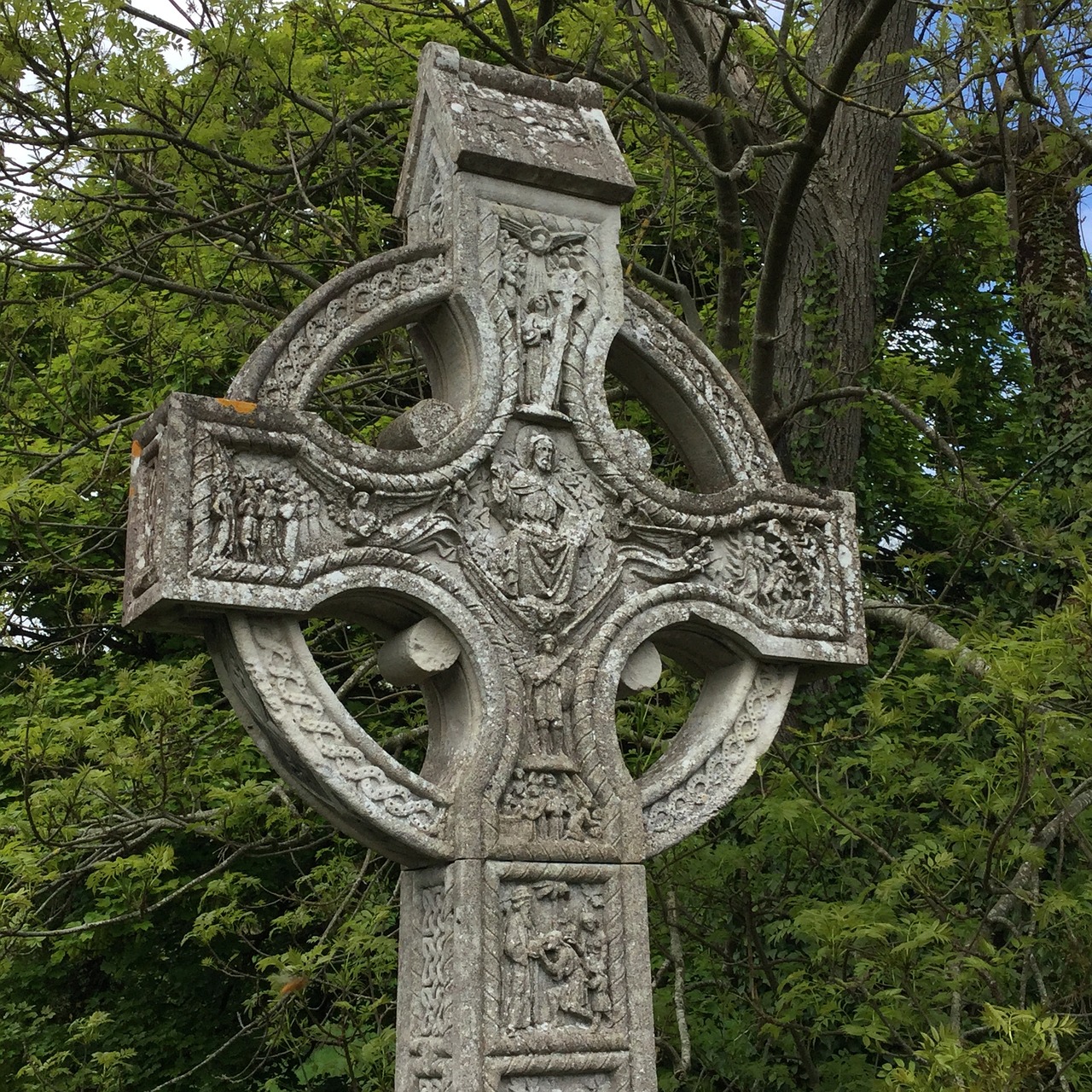Lugh the Shining One: A Pillar of Celtic Mythology
Introduction
Lugh, revered as the shining one, stands as a pivotal figure within Celtic mythology, known for his exceptional abilities in warfare and mastery over a variety of arts and crafts. His title, Lugh Lamhfada, which translates to “Lugh of the Long Arm,” emphasizes his far-reaching skills and significance, particularly in combat scenarios. This deity, embodying success across numerous domains, symbolizes leadership, creativity, and intellectual might. Lugh’s lineage is fascinating; he is born from a member of the Tuatha Dé Danann, the divine tribe of gods, and Ethniu, a princess of the Fomorian giants. His narrative explores themes of conflict and partnership, establishing him not only as a god of the sun and light but also as a guardian of oaths, truth, and legal order. The tales surrounding Lugh celebrate his heroic deeds, strategic intelligence, and magical abilities, creating a rich character in the landscape of Celtic legends.
Mythological Origins
Lugh is acknowledged as the offspring of Cian from the Tuatha Dé Danann and Ethniu, the daughter of Balor, a formidable leader among the Fomorians. His complex heritage links two competing factions in Celtic mythology and heralds a significant era of transformation, marked by omens surrounding his arrival.
Physical Description and Symbols
Often envisioned as a youthful warrior exuding radiance and charm, Lugh’s appearance aligns with his solar connections. He is depicted wielding his famed magical spear, which is said to be unbeatable in combat. This spear is emblematic of his warrior persona. Additionally, he is associated with a slingshot, the weapon he ingeniously used to conquer the giant Balor, along with a hunting hound, underlining his prowess in hunting.
Powers and Abilities
Lugh’s remarkable talent lies in his unmatched prowess across various arts and crafts, including combat, strategy, music, and sorcery. He is celebrated for his capacity to master any instrument or weapon presented to him. Lugh is notably linked to the harvest festival of Lughnasadh, named to honor him and celebrating his agricultural gifts bestowed upon humanity.
Notable Myths and Stories
One of Lugh’s most notable stories centers around the Second Battle of Mag Tuired, where he leads the Tuatha Dé Danann to victory against the oppressive Fomorians. Prior to the encounter, when asked about his profession, Lugh claimed to be a carpenter, smith, warrior, bard, magician, physician, cup-bearer, and brazier. Although the Tuatha Dé already had representatives for these roles, Lugh highlighted that none could embody all these abilities at once. His cleverness and diverse talents were crucial in securing victory for his people.
Worship and Cult Centers
Lugh enjoyed widespread reverence throughout the Celtic territories, with signs of his worship found in Ireland, Britain, and even the Iberian Peninsula. The celebration of Lughnasadh on August 1st brought communities together for religious ceremonies, athletic contests (especially hurling and horse racing), feasting, matchmaking, and trade.
Symbolism and Cultural Significance
Lugh represents the quintessential hero who excels in various disciplines. His symbolism transcends his sun associations, embodying intelligence, adaptability, and the philosophy that mastery and knowledge constitute a form of power. His legacy emphasizes the importance of varied talents and the harmony achievable through combining physical strength with intellectual skill in Celtic culture.
Comparative Mythology
Lugh bears resemblances to other deities famed for their versatility and talents, such as Hermes in Greek mythology, known for his cleverness and diverse domains, and Odin from Norse myth, who also sought knowledge and excelled in various arts.
Fun Facts or Trivia
One interesting fact about Lugh is that he is credited with the invention of the board game fidchell, said to be enjoyed by the gods. This game demanded both skill and strategy, reflecting the very qualities that characterize Lugh.
Artistic Representations
In ancient Celtic artistry, Lugh is frequently depicted using solar motifs that reflect his connection to the sun, including circular and wheel designs. Modern portrayals tend to emphasize his warrior side, showcasing him in action with his spear or slingshot.
Activities or Reflections
Creative Storytelling Activity: Picture yourself as an ancient bard in the court of the Tuatha Dé Danann tasked with creating a fresh narrative about Lugh. Focus on a lesser-known ability or venture of his—perhaps a quest for a lost magical artifact or a wise intervention in a conflict between two rival groups. Document your story or illustrate it in a comic format.
Crafts and Skills Challenge: Embodying Lugh’s title as the ‘Master of All Arts,’ adopt a new skill or craft you’ve never pursued, such as drawing, baking, or woodworking. Dedicate time to mastering this skill, and create a piece to share with family or friends. Reflect on the learning experience and its connection to Lugh’s broad mastery.
Lugh’s Spear Science Experiment: Lugh’s spear, known for its unbeatable force, inspires a simple science project exploring force and motion. Construct a small catapult using popsicle sticks, rubber bands, and a spoon, then experiment with various angles and tensions to see how far you can launch lightweight objects. This hands-on activity will elucidate the principles behind Lugh’s legendary weapon and the science of motion.
Sun Celebration Art Project: Given Lugh’s association with the sun, initiate an art project celebrating the sun’s vital role in life. Consider creating a sun catcher, a vivid sunset painting, or a solar-powered device. Through this project, delve into themes of light, growth, and nurturing, reflecting Lugh’s symbolic connection to the sun as a protector in Celtic mythology.



